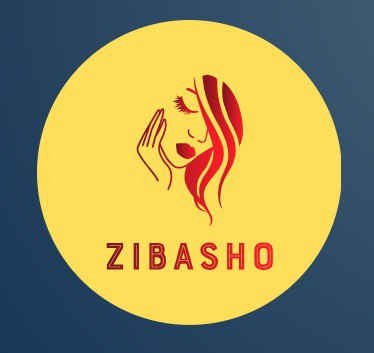Exploring candle patterns to evaluate Litecoin (LTC)
Cryptocurrencies have been a kind of volatile and high visibility assets in recent years, and many investors seek to capitalize on the growth potential. Among these cryptocurrencies is Litecoin (LTC), an open source cryptocurrency and point to point that has gained popularity among merchants and investors. In this article, we will explore how to use candle patterns to evaluate Litecoin’s performance and make informed commercial decisions.
What are candle patterns?
Candle patterns are a form of technical analysis used in stock market analysis and cryptocurrencies to identify potential trends or reversions in price movements. These patterns consist of a series of vertical lines that represent high, low, open and close prices for each negotiation day. By identifying specific candle patterns, merchants can obtain information about the direction and strength of a trend.
Litecoin (LTC) Candle patterns
Litecoin has suffered several trends in recent years, with the price of cryptocurrencies that vary from $ 40 to more than $ 300 per currency. To evaluate the performance of LTC using candle patterns, we will focus on four main standards:
- Hammer standard
- Inverted hammer standard
- Shot Star Star Standard
- Standard head and reverse shoulders (su)
The hammer standard: a low indicator
The hammer pattern consists of a small lower discharge, followed by a small low upper part. This pattern is considered a high indicator because it suggests that the price has reversed its trend, indicating a possible price increase.
To apply the hammer pattern to the Litecoin table:
- Identify a new center in the table.
- Draw a low low below the previous minimum.
- If the next candle closes above this new bass, the default value will be confirmed optimistic.
The inverted hammer pattern: a low indicator
The inverted hammer pattern is similar to the traditional hammer pattern, but has an opposite direction. It consists of two lower shorts, followed by a small upper discharge. This pattern is considered low because it suggests that the price has reversed its trend, indicating a possible price decrease.
To apply the inverted hammer pattern to the Litecoin table:
- Identify two new low points in the table.
- Draw a higher small higher above the previous minimum.
- If the next candle closes below this download, the standard will be confirmed.
The Star Star standard: a low indicator
The sucking star standard consists of three lower minimums, followed by a greater increase. This pattern is considered low because it suggests that the price has reversed its trend, indicating a possible price decrease.
To apply the standard of shooting star to the Litecoin table:
- Identify three new low points in the table.
- Draw an upper part above the previous intervals of 10 to 20 sail after each smaller one.
- If the next candle closes below this upper download, the standard will be confirmed.
The standard head and inverse shoulders (hello): a low indicator
The IHS standard consists of a small high, followed by a bass. This pattern is considered low because it suggests that the price has reversed its trend, indicating a possible price decrease.
To apply the IHS standard to the Litecoin table:
- Identify a new upper high in the table.
- Draw an upper part above this minimum of 10 to 20 candle intervals after each high high high.
- If the next candle closes below this upper download, the standard will be confirmed.
Conclusion
Cryptocurrencies such as Litecoin are subject to significant price fluctuations, and the understanding of candle standards can help merchants and investors make informed decisions.

بدون نظر